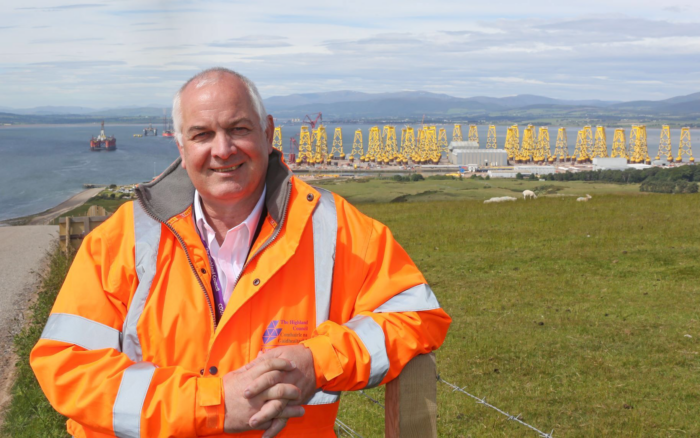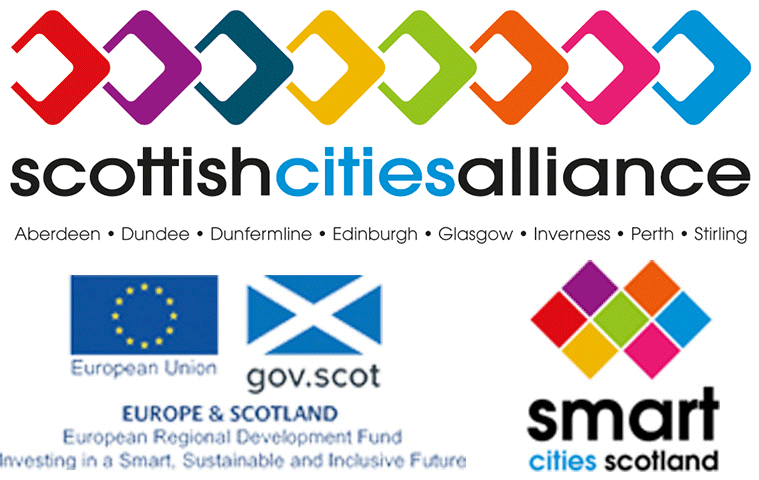Green Freeports: Incentivising Investment in Renewables and Communities
August 3, 2023Co-Star | 31.07.23 | Cllr Raymond Bremner

Cllr Raymond Bremner, leader of Highland Council.
Faced with a mounting global climate crisis, the Scottish government has been long
signalling its green ambitions, most notably by passing legislation targeting net zero
emissions of all greenhouse gases across the country by 2045.
Scotland’s forward-thinking commitment to developing green, renewable energy is
particularly evident in the hydrogen sector, where the Scottish Government
committed £100 million in capital funding for renewable hydrogen projects through
its hydrogen action plan published last December.
The culmination of the country’s climate ambitions and renewable energy potential
are its “Green Freeports”, announced earlier this year, which will help transform local
economies while delivering significant benefits for the environment. Their
significance is clear.
In May, Scottish trade minister Richard Lochhead put the Green Freeports front and
centre during his visit to Spain, meeting with potential investors such as Iberdrola,
the Spanish energy giant which owns Scottish Power.
The Significance of Green Freeports
Approaches such as these put Scotland at the forefront of the transition to a net zero
economy. Scotland’s two Green Freeports, Inverness & Cromarty Firth Green
Freeport and the Forth Green Freeport, in the Scottish government’s words, will
“boost innovation and inclusive growth within communities, while supporting Fair
Work First practices, creating new green jobs, upholding the highest environmental
protections and supporting economic transformation”.
Estimates suggest that Scotland’s Green Freeports could attract investment of £10.8
billion and create up to 75,000 high quality jobs between them, many of them in
renewable energy generation.
This all comes down to the considerable investment opportunities that Green
Freeports present. They will bring tax and customs and excise benets, which will
stimulate economic development and growth, including the duty-free import and
export of goods, simplified customs procedures, and enhanced capital allowances,
while lowering carbon emissions.
Opportunities in the Highlands: Hydrogen
In particular, Inverness & Cromarty Firth Green Freeport is expected to bring
employment and business opportunities to the Highlands on a scale comparable to
the introduction of North Sea oil and gas in the 1970s. We see this as a focal turning
point which will place Inverness and Cromarty Firth at the centre of the UK’s clean
energy transition, with the expected creation of a 50-year pipeline of work and high quality
jobs.
In addition, the Green Freeport will support the Highlands’ growing focus on
hydrogen. H2 Green has been awarded £500,000 in government grants to develop the
green hydrogen hub in Inverness, with the capacity to generate up to 10 tonnes of
green hydrogen, or enough to fuel 400 HGVs per day, which could be scaled up to
deliver a supply of 25 tonnes per day into the Highlands’ network.
Similarly, the Cromarty Hydrogen Project, being developed by Storegga and
Scottish Power, will initially produce up to 11 tonnes of green hydrogen per day,
increasing up to 110 tonnes in its build-out phases.
The establishment of these first-of-their-kind Green Freeports, backed by a share of
£52 million in UK government funding, will benefit our local community and
economy by reversing depopulation and supporting the growing hydrogen sector that
is already in place. It also serves as an indication of the Scottish and UK government’s
support for green enterprise to level up the country.
The Value of Investing in Renewables, Communities, and Partnership
The Green Freeport approach is a hugely important blueprint for cities and regions
around the world to follow, promoting economic growth while preserving the
environment for future generations. While Scotland has traditional ties to the oil and
gas industries, we are accelerating towards a renewable future.
Scotland generated enough renewable electricity to power all its households for three
and a half years in 2020. Through the Green Freeport, the local workforce will have
more opportunities to acquire new skills and diversify into new green energy
activities that will achieve both economic and environmental success.
When considering Green Freeports, the importance of cross-sector partnerships
should not be underestimated. Both Green Freeports are backed by a partnership of
public and private sector organisations, who are working together to make a full
business case for the Green Freeports to be fully operational with a formal
designation.
It is also important to recognise that the opportunities created are not locally limited.
The estimated 25,000 jobs created by the Inverness and the Cromarty Firth Green
Freeport will be shared across Scotland and the UK. This is why we are also working
together as the Scottish Cities Alliance, a unique collaboration of Inverness,
Aberdeen, Dundee, Dunfermline, Edinburgh, Glasgow, Perth, Stirling and the Scottish
Government, to jointly identify and share our collective potential to achieve the
national net zero transition.
Highland Council is excited to be at the centre of our country’s progress, as both
Green Freeports are looking to be fully operational early next year. But equally, we
are aware that this is only one of the many steps to meet Scotland’s ambitious net
zero target date of 2045.
We will continue our cross-sector, inter-city collaboration to ensure that Green
Freeports can act as a true global blueprint for shaping a more prosperous and
sustainable future.
By Cllr Raymond Bremner, leader of Highland Council.

 X
X Linkedin
Linkedin